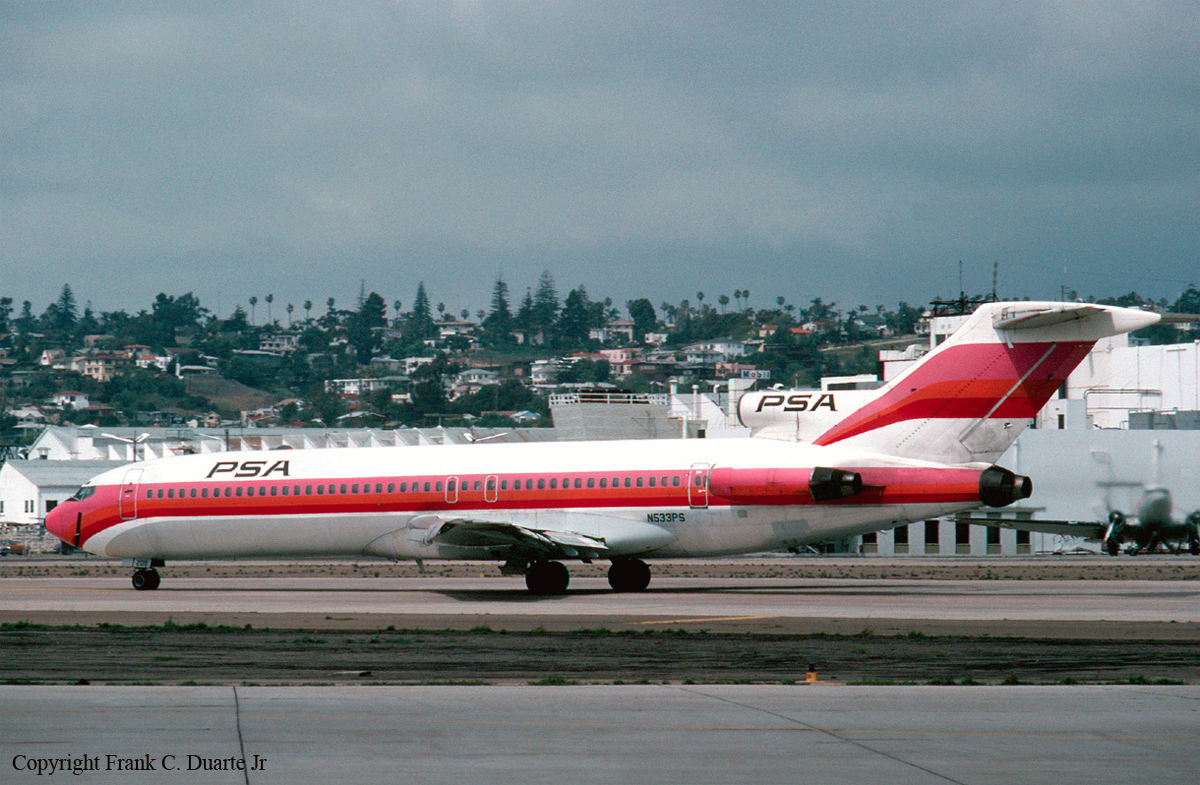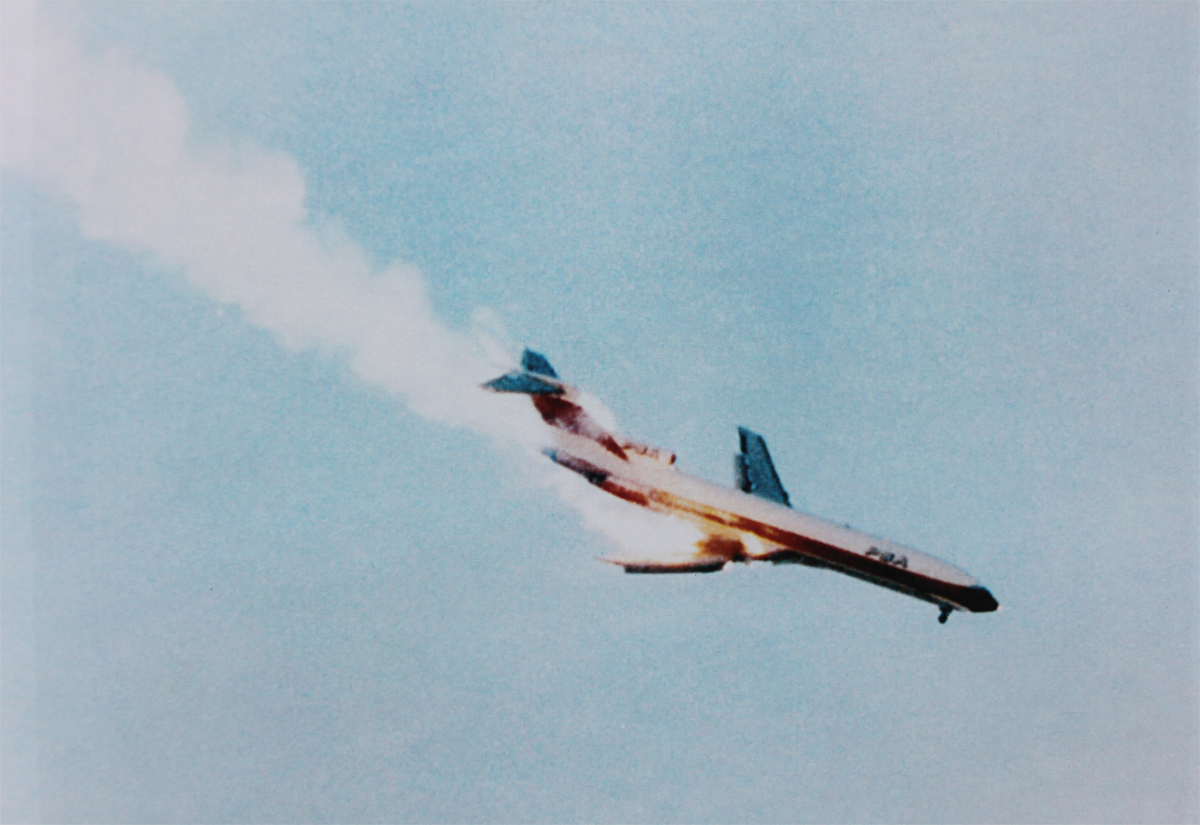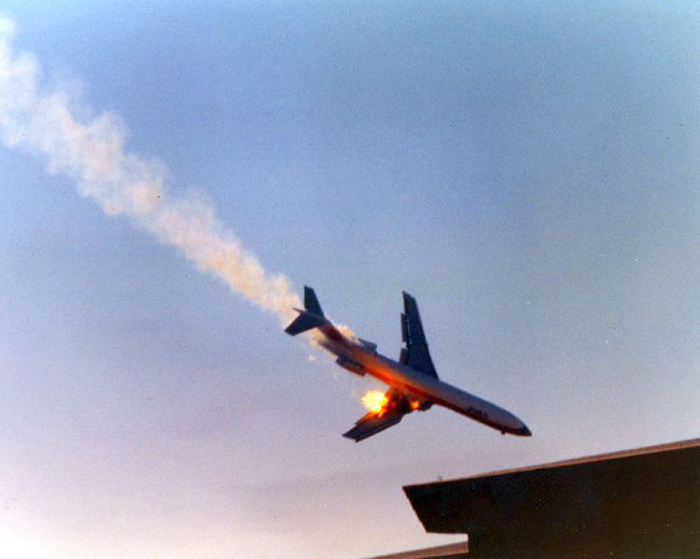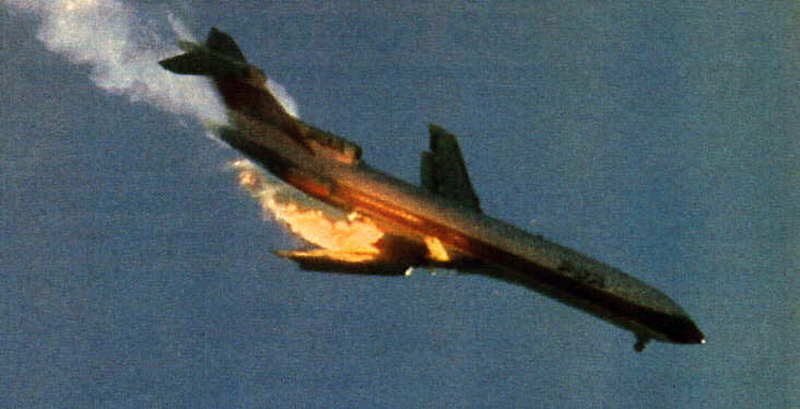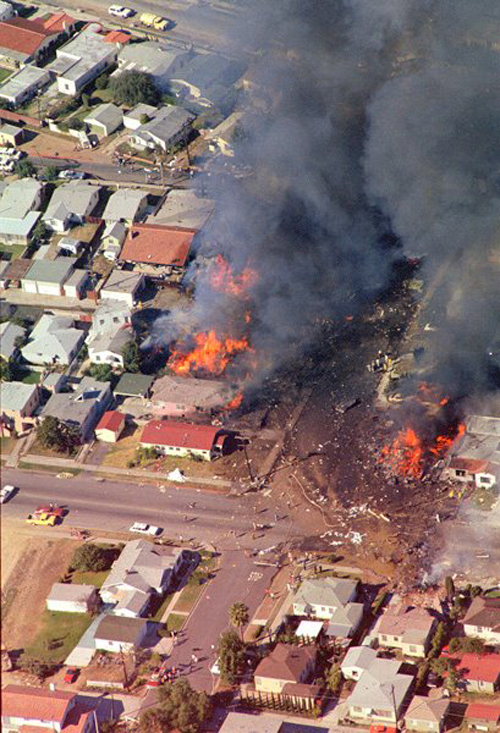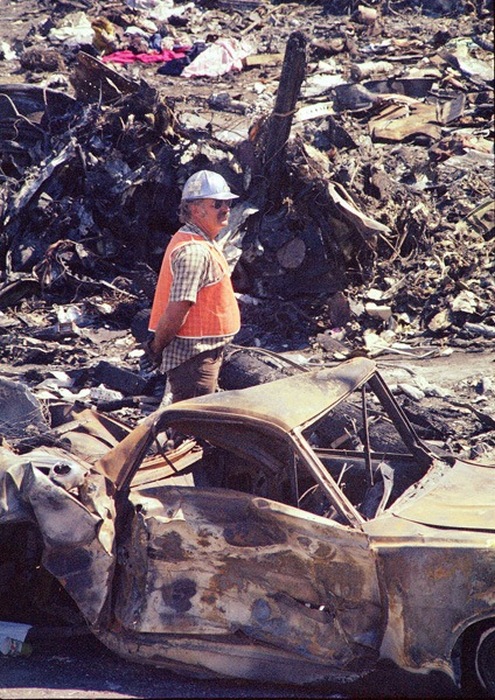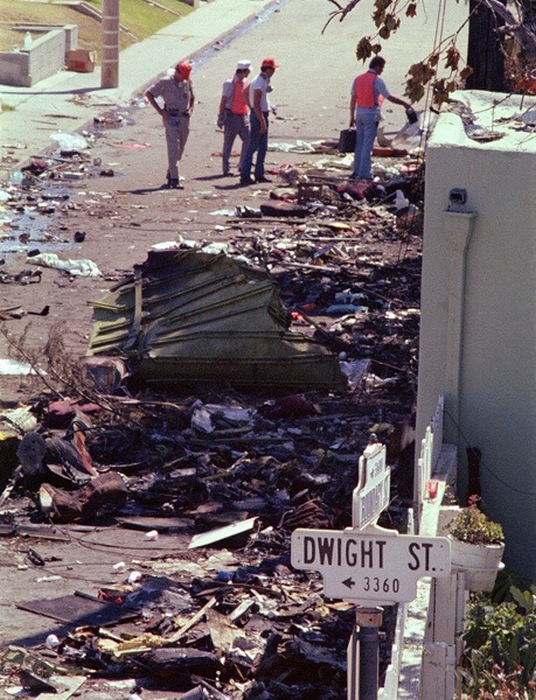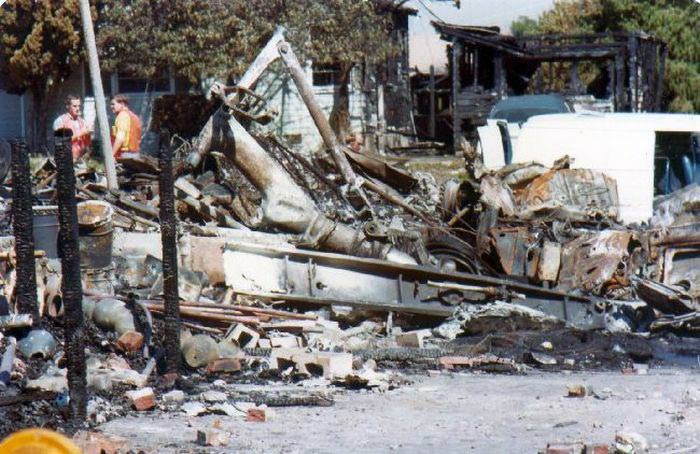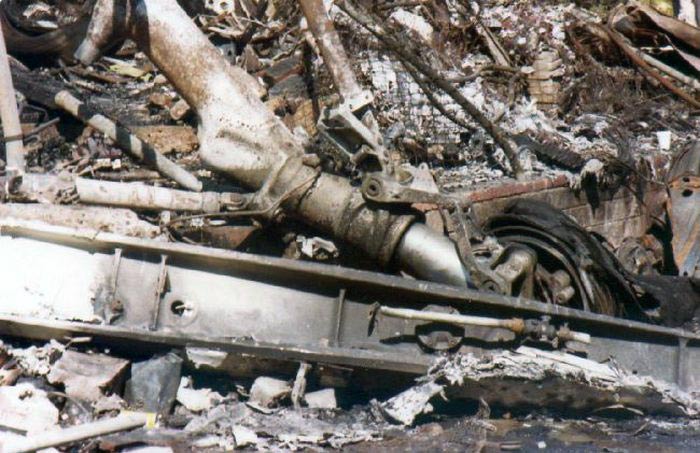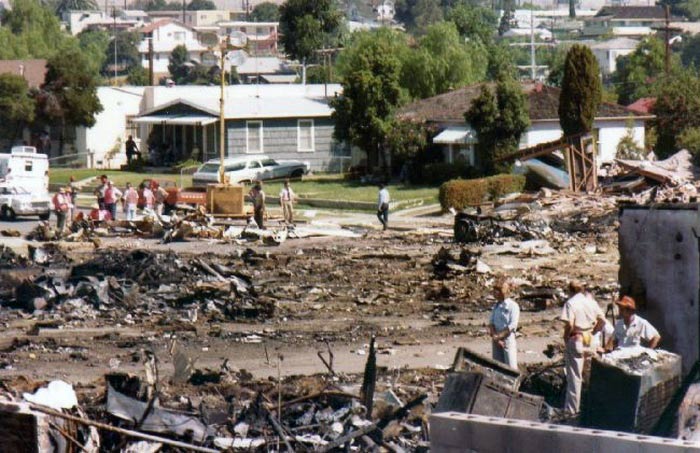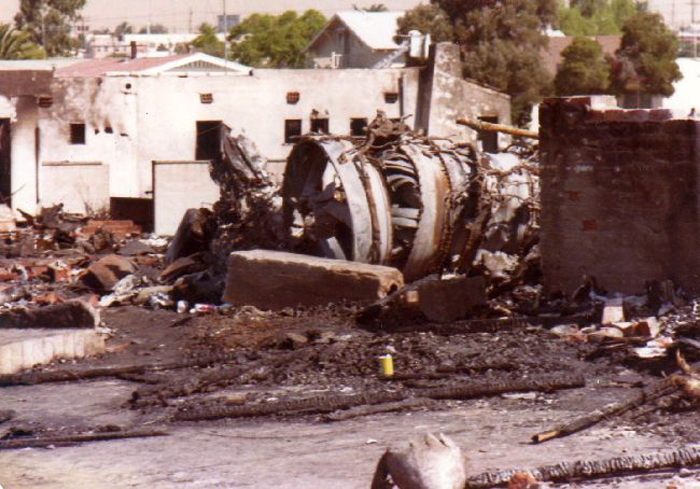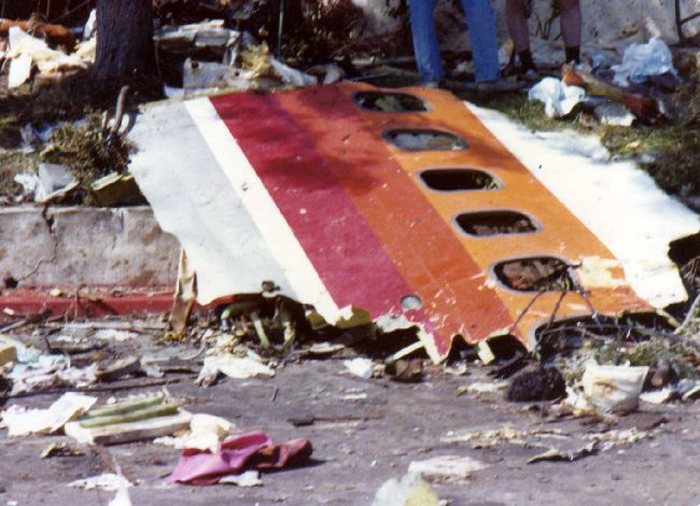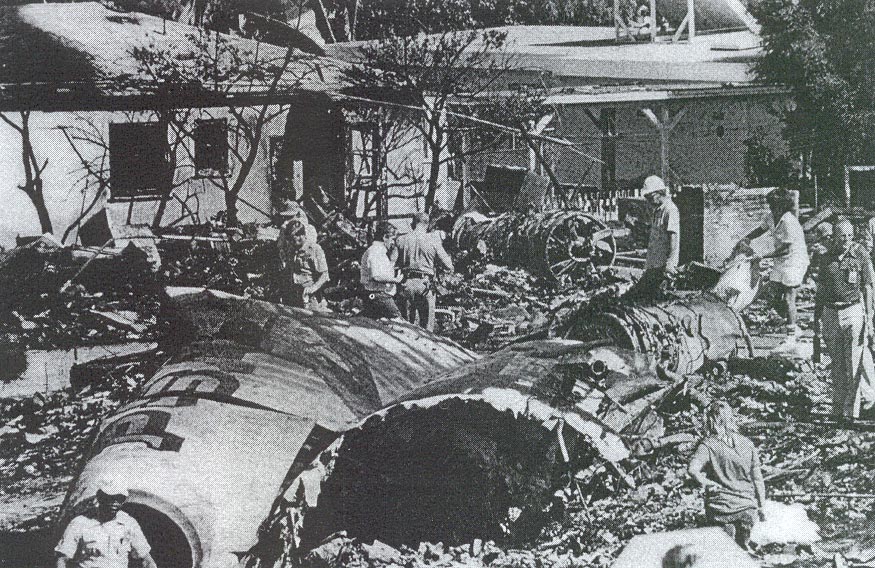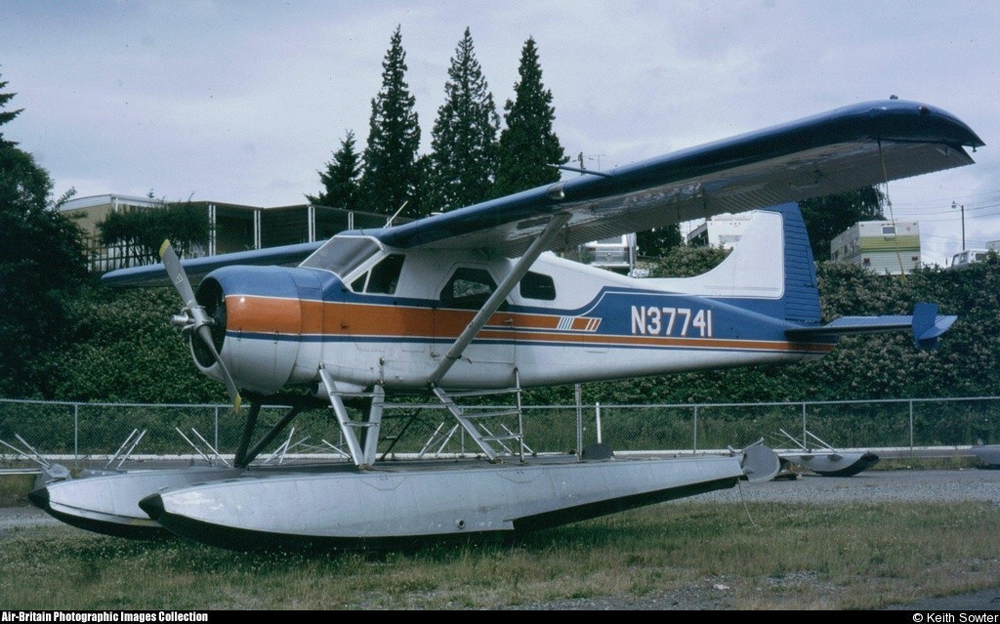Crash of a Beechcraft G18S in Cleveland
Date & Time:
Oct 11, 1978 at 2045 LT
Registration:
N11Z
Survivors:
Yes
Schedule:
Bowling Green - Cleveland
MSN:
BA-510
YOM:
1960
Crew on board:
1
Crew fatalities:
Pax on board:
0
Pax fatalities:
Other fatalities:
Total fatalities:
0
Captain / Total hours on type:
267.00
Circumstances:
The airplane landed hard on its belly after the pilot forgot to lower the landing gear on approach. Upon touchdown, he decided to initiate a go-around manoeuvre when the cargo shifted as it was not properly secured. The airplane stalled and crashed in flames. The aircraft was damaged beyond repair and the pilot, sole on board, was seriously injured.
Probable cause:
Hard and wheels-up landing following an improper level off. The following contributing factors were reported:
- Inadequate preflight preparation,
- cargo shifted as improperly secured,
- No cargo net or rope found in the cabin,
- First flight in this model.
- Inadequate preflight preparation,
- cargo shifted as improperly secured,
- No cargo net or rope found in the cabin,
- First flight in this model.
Final Report:


